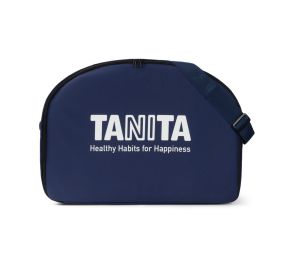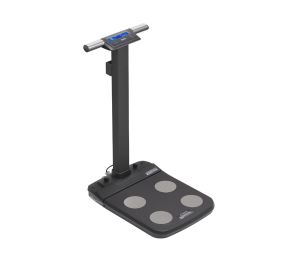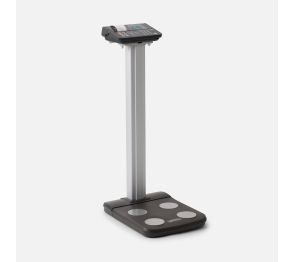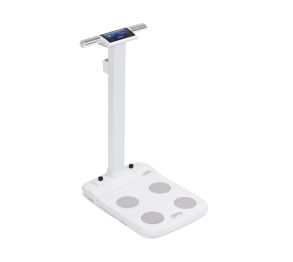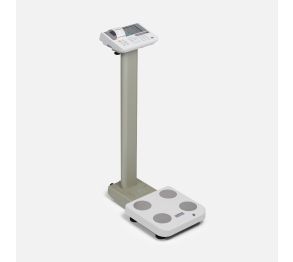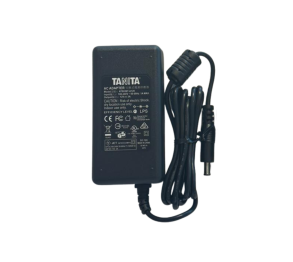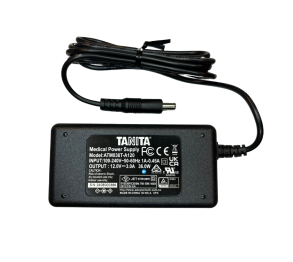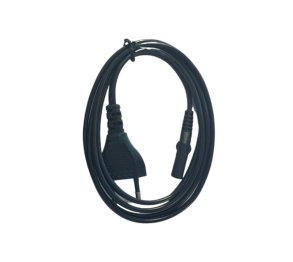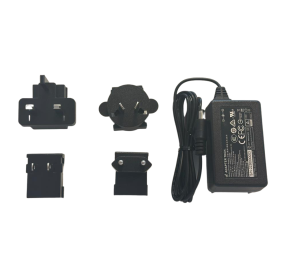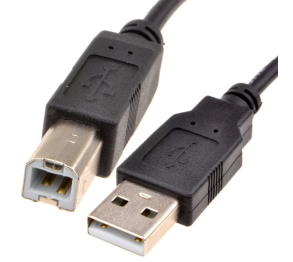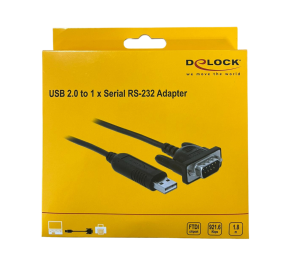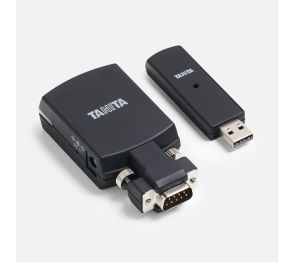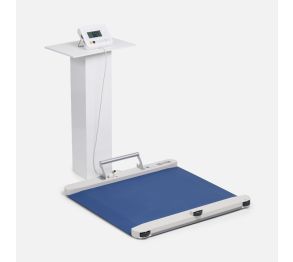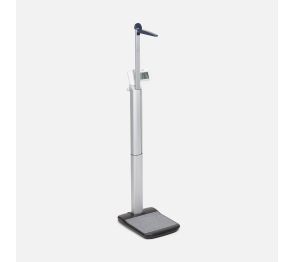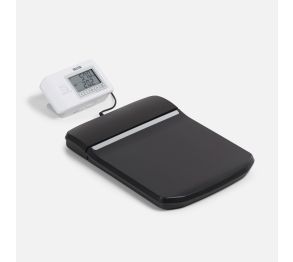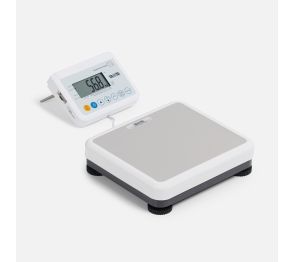Why we have to move beyond BMI and talk about muscle. – By Simon Wilkinson


Weight and BMI are outdated and unsuitable measurements to assess an individual’s health. Risk factors are not associated with ‘weight’ they are linked to what makes up that weight. In this blog we will discuss muscle, the importance of measuring it, how to measure it and the impact this will have on both your clients and your business.
The implications of maintaining a healthy muscle mass as we age are becoming more and more obvious. A recent article in the Times newspaper, places a focus on muscle mass and the message about Sarcopenia was targeted at over 50’s, informing them that they are losing at least 1% of muscle mass every year and going as far to say that this is a ‘significant cause of premature death.’
Many of your members or clients will be blissfully unaware that Sarcopenia can have such a negative impact on their health as we get older. Many of them will have no clue about the health benefits of maintaining a healthy muscle mass at all.
Did you know healthy muscle mass leads to less time spent on ventilators in ICU, better outcomes from COPD diagnosis, less severe symptoms of Alzheimer’s and a 60% better chance of surviving breast cancer, to name just a few. ‘Our muscles play a vital role in our health at all stages of life, from allowing movement and balance to contributing to physical strength, organ function, skin integrity, immunity and wound healing’.
Most of the public are only focused on the scale and how much they weigh as their marker for health.
This led me to think about if we are doing enough about this in the health and fitness industry? Or is our focus still too heavily weighted on weight, BMI and fat?
It’s been widely accepted and should now be pretty common knowledge in the health and fitness industry that weight and BMI are poor indicators of an individual’s health. They pay no attention to fat or muscle ratio (athletic physique), bone density, distribution of fat, gender or age.
Why anything with all these limitations is being used to assess health on an individual level is mind boggling, it is a useful tool for health authorities such as the NHS to assess the health of a nation of 60 million plus people, but there are much better alternatives for your consultation process with members.
I’d go as far to say that if you are monitoring your clients progress with weight or BMI, you are doing them a disservice, by ignoring muscle you are potentially putting their health at risk and certainly not giving them a true reflection of their physical state of wellbeing.
It is our role as health and fitness professionals to educate our clients and members about their health and facilitate lifelong, lifestyle change. Discussing body composition and in particular the role muscle plays in health and immunity goes a long way towards doing this.
As discussed, many members of the public walk through gym doors, or seek advice from personal trainers because they don’t ‘look’ good, almost always this is perceived as being overfat, there is almost never a consideration that they may be under muscle, or both!


The very reason so many people do not join a gym (84% in the UK) is they don’t think ‘lifting weights’ is for them, they simply don’t understand the importance of resistance training as an activity.
Our message has to change if we want to appeal to a wider audience and make as big an impact on their health as possible.
How do we monitor muscle? Good question, simple answer! Tanita BIA utilises electrical frequencies to measure body composition, one of the many results available is muscle mass, with a 98% accuracy against laboratory testing in the MC780 MA device.
It's time to measure health
Building Tanita health checks into your fitness business allows you to have a much more personal conversation about health. An initial assessment tells you all you need to know, this coupled with your client’s personal goals allows you to set realistic, actionable targets.
Monitoring the progress at regular intervals, focussing on the areas of health that actually require intervention, is evidenced to greatly increase the chances of success.
A client meeting their goals whilst increasing knowledge about their health is going to be a pretty happy client, happy clients tend to stay as clients much longer than unhappy ones!
My takeaway message to the health and fitness industry here is to move away from poor indicators of an individual’s health and shift that focus to what matters, body composition and in particular muscle mass. You will have a much greater impact on your client’s health and they will thank you for it, they might even tell a friend or two!

